The creativity of the plant world seemingly knows no boundaries. The genus Pisonia is represented by two species of trees in Palau. The coastal Pisonia grandis can grow to staggering heights on the beach fronts of Kayangel atoll, but is essentially stunted on the limestone islands. It's forest dwelling cousin, Pisonia umbellifera, hides in the understory of the old growth forests, reaching heights of less than 25 feet. Both species achieve pollination using a rather unpleasant aroma which attract flies as their primary pollinator. But in terms of seed dispersal, the Pisonia genus takes a darker turn. The seed cluster of Pisonia exude a sticky resin which can act like a miniature LaBrea Tar Pits, trapping small insects and even reptiles. But the goal of Pisonia is the hunt for big game: Birds are their primary target. Innocently alighting on a branch, the bird's feathers get caught on the seeds forcing the victim to flee in panic. More often than not, the sticky glue of the seeds adheres to the bird, until the feather is lost.... thus successfully dispersing the seeds.
The Palauan name for Pisonia umbellifera is "Uudeuidarbekai" which translates into "the sticky glue of the megapode." The Megapodes are a chicken like bird which feed on insects and fruit in the forest understory. They frequently step on the fallen seeds of Pisonia during their forest walks and bounce around wildly trying to free their oversized feet. By: Ron Leidich
0 Comments
Your comment will be posted after it is approved.
Leave a Reply. |
Categories |
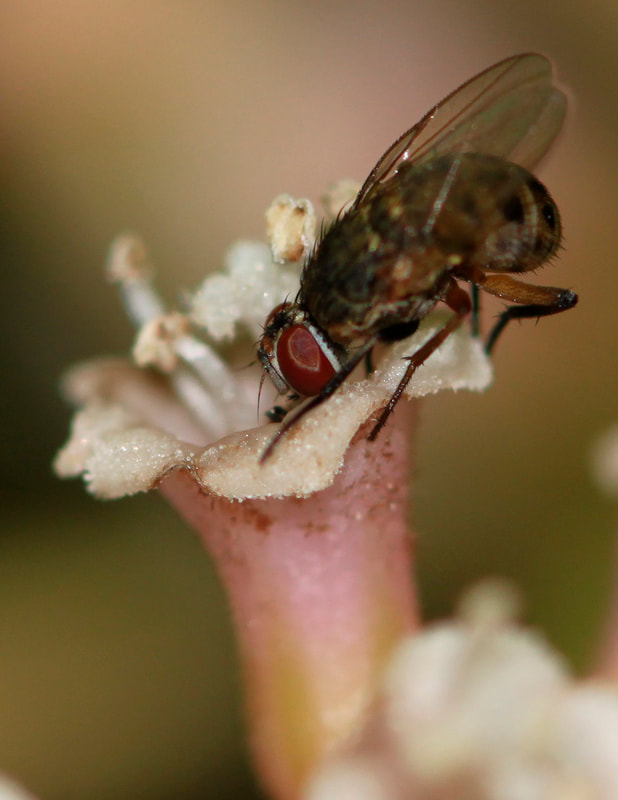
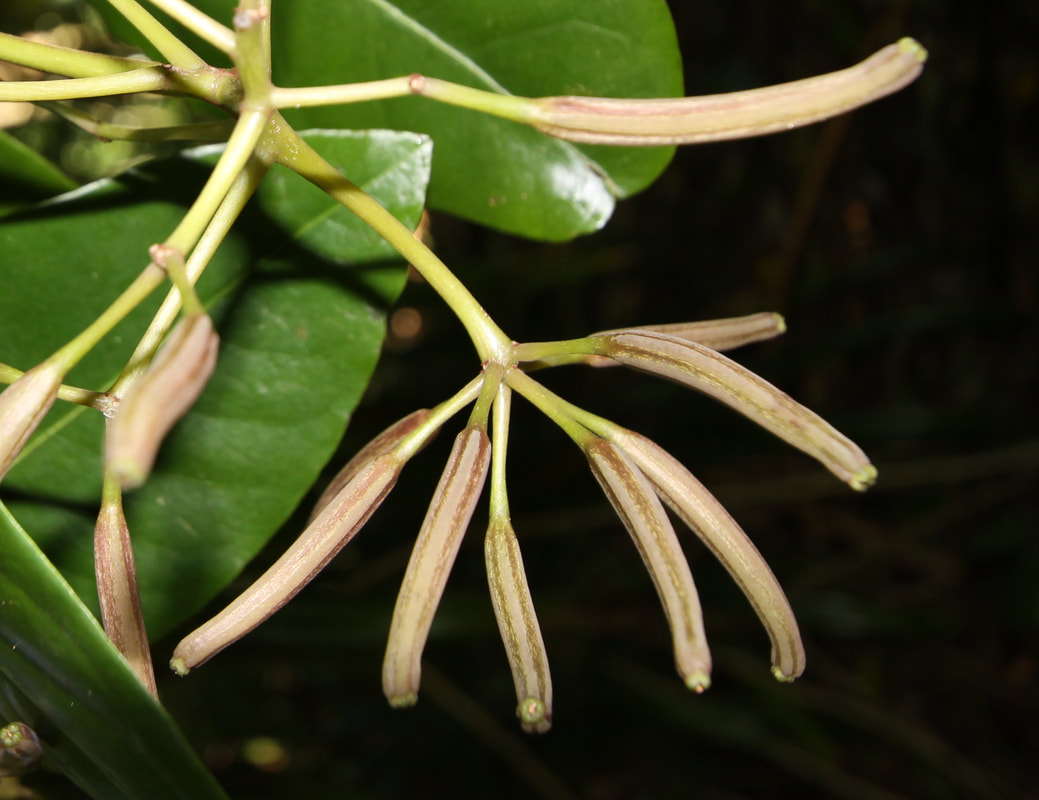
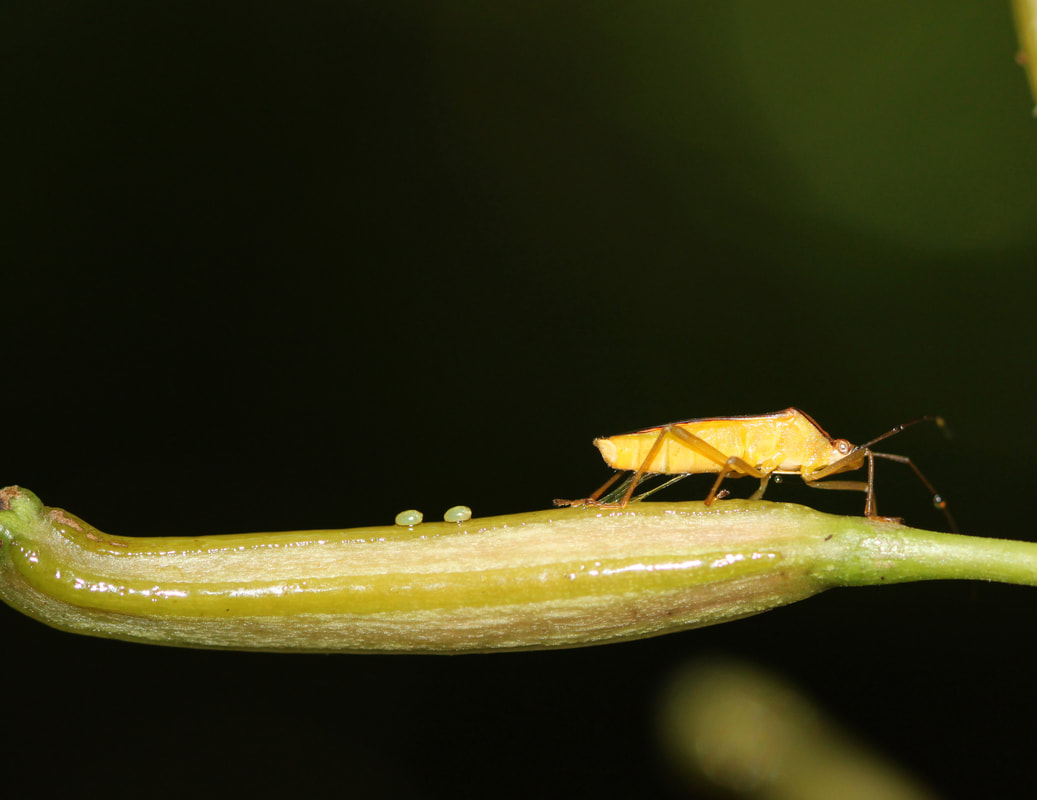

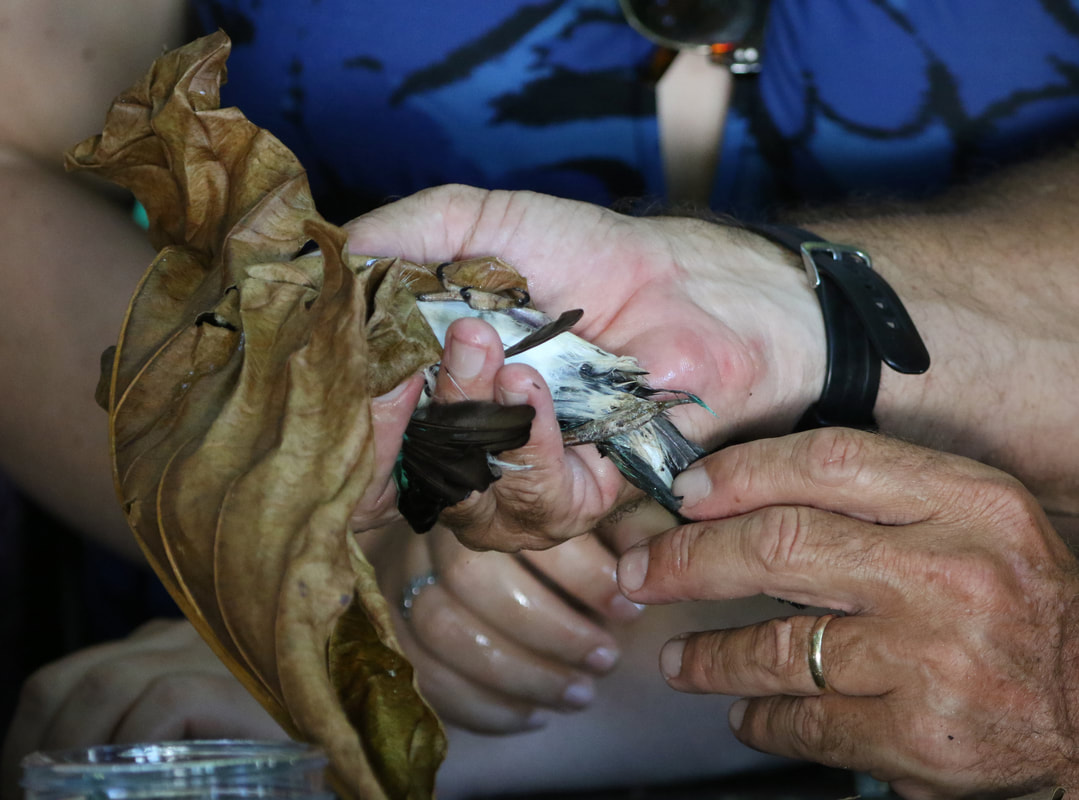

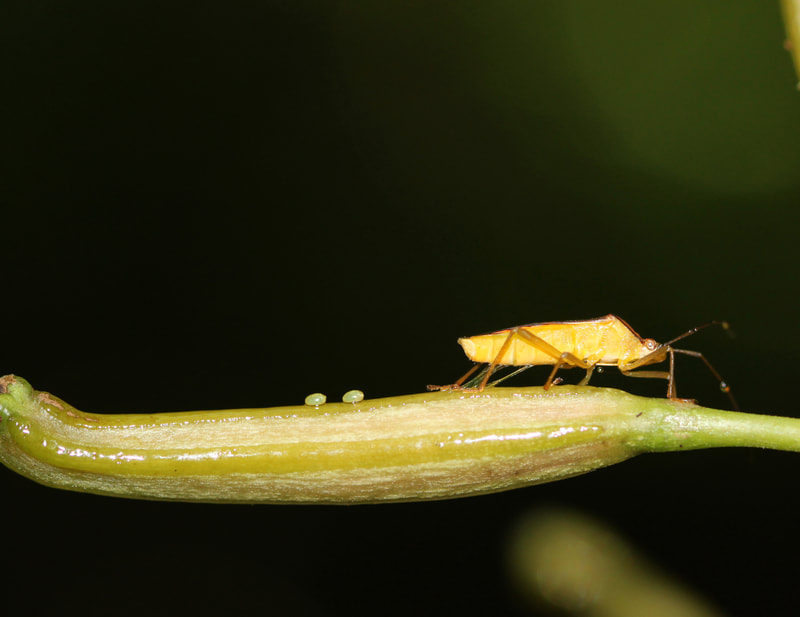

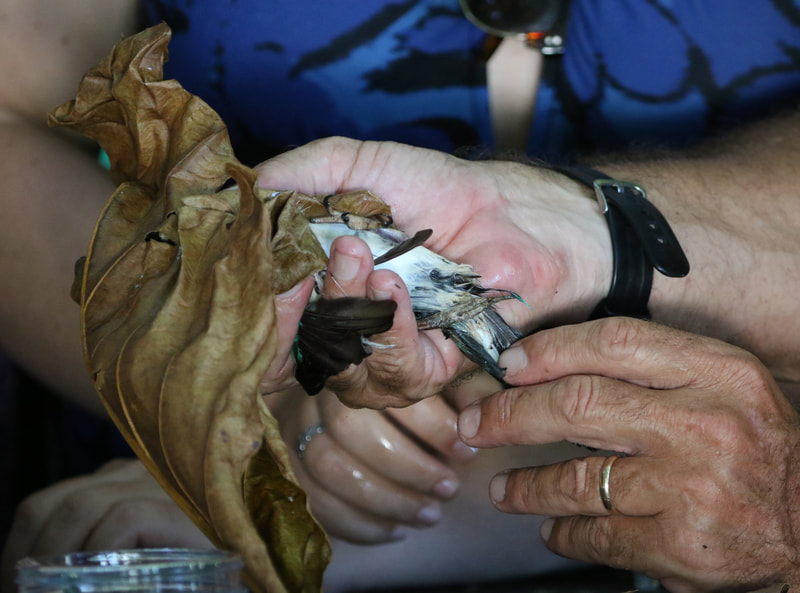
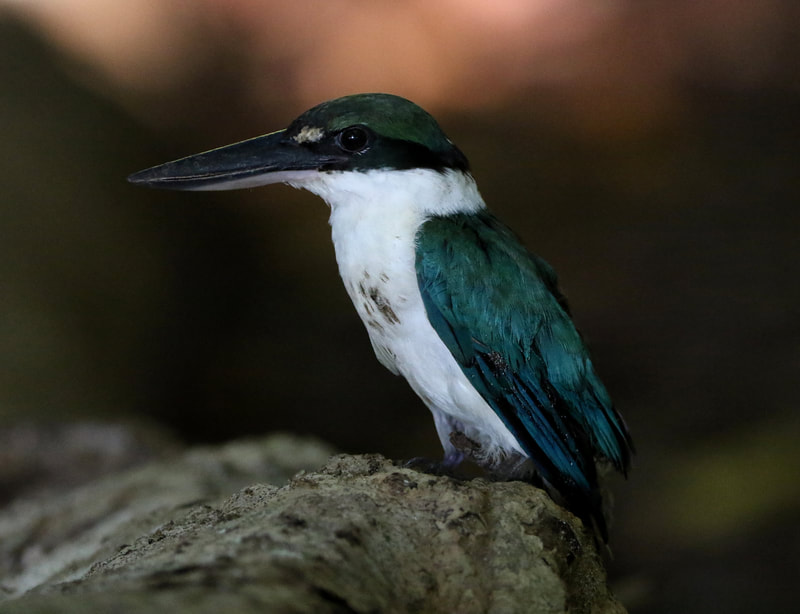
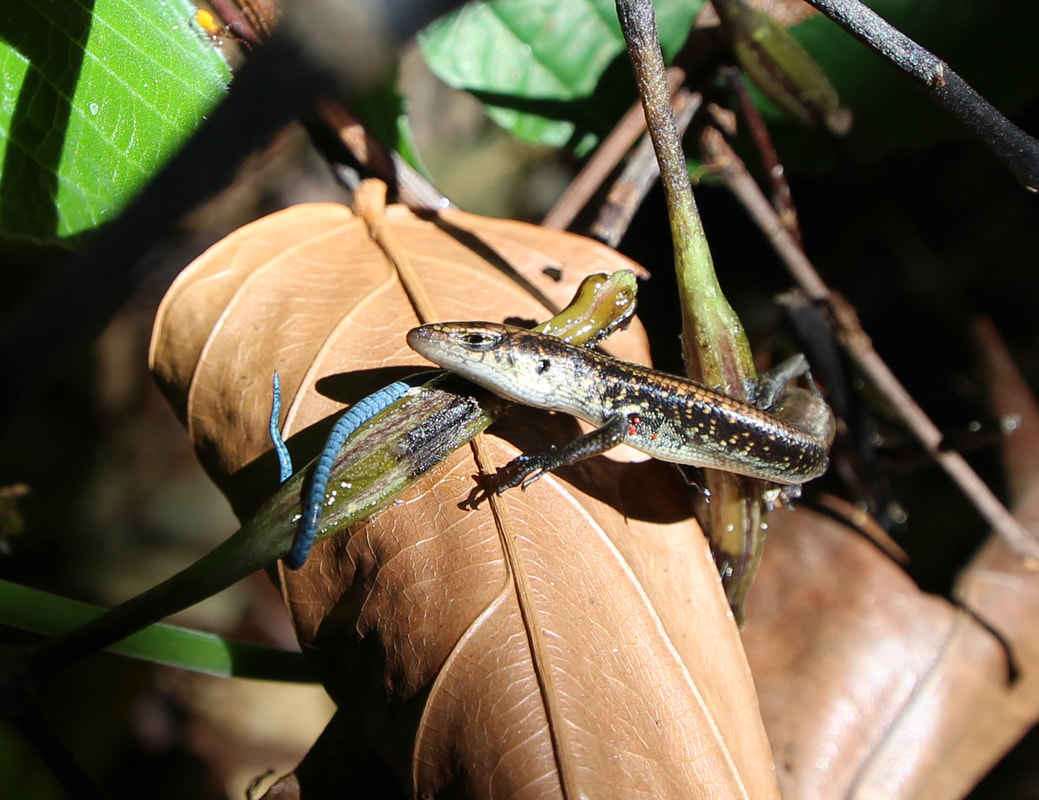
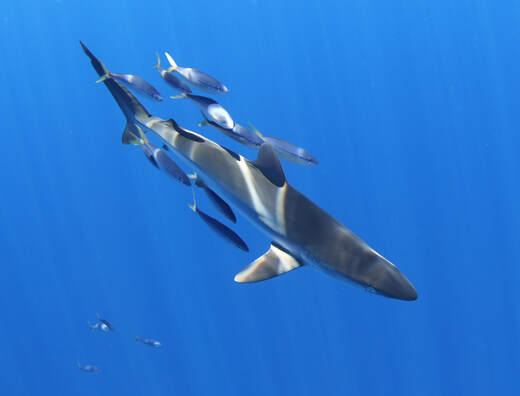
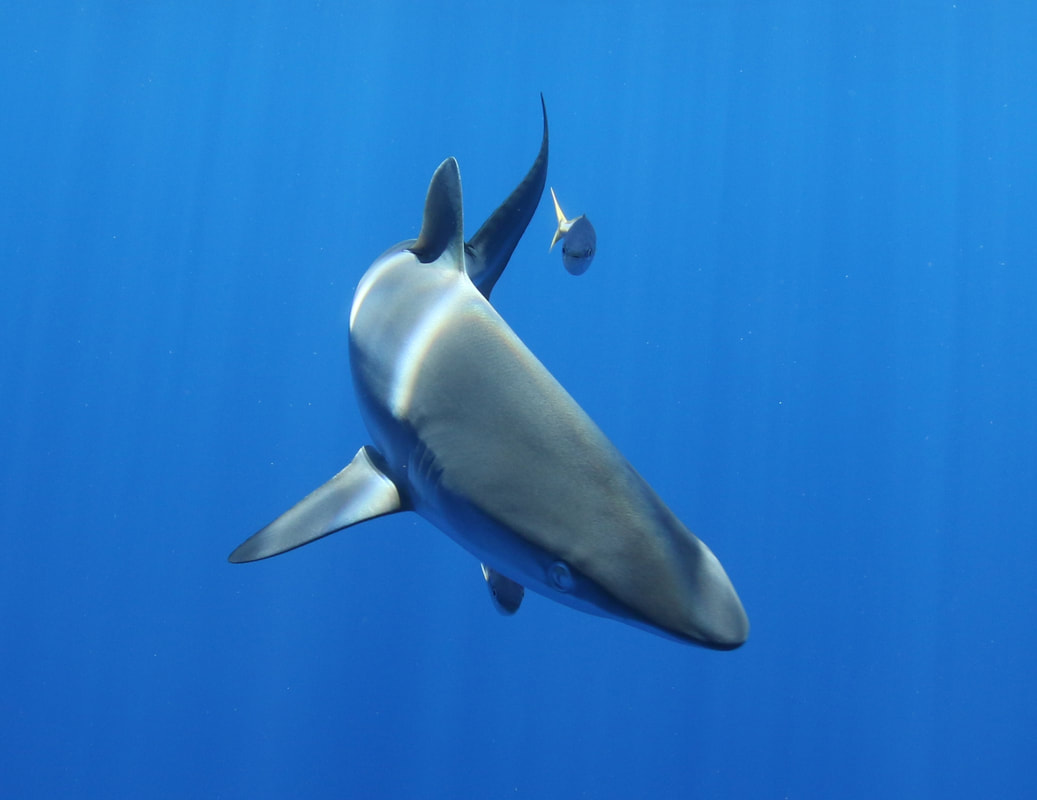
 RSS Feed
RSS Feed